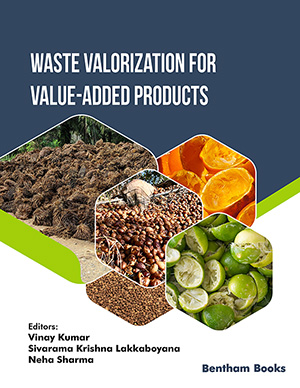Abstract
Background: Quercetin (3’,3’,4,5,7-pentahydroxyflavonol), a natural flavonoid found in fruits, vegetables, beverages, and other phytoproducts, exerts multiple health benefits including a reduction in hypoxia-induced oxidative stress, inflammation, lipid peroxidation, allergic disorders, neurodegenerative disorders, and cardiovascular diseases.
Objective: Despite knowledge of such therapeutic efficacy of quercetin to human health, there is limited literature available that sheds light on an organ-wise distribution of quercetin. Therefore, the current study was performed to accurately estimate the distribution of quercetin in its supplemented form in different tissues of a mammalian model, i.e., male Sprague Dawley (SD) rats. Materials and Methods: The rats were exposed to different durations (1 h, 3 h, 6 h, and 12 h) of hypoxia in a simulated hypobaric hypoxia chamber, with parameters maintained at 8 % O2 and 282 mm Hg, following which they were sacrificed. Plasma and different tissue samples were duly collected. A high-performance thin layer chromatography (HPTLC) approach was employed for the first time, using our own reported method, along with an optimized sample preparation procedure for quercetin determination. Briefly, the samples were developed in a mobile phase constituted of ethyl acetate, dichloromethane, methanol, formic acid, and glacial acetic acid. Results and Dicussion: Distinct bands of quercetin in resultant HPTLC profiles verified that the amount of quercetin varied among different tissues, with varying durations to hypoxia exposure. Quercetin was substantially retained in vital organs namely, lungs, liver, and heart for relatively longer durations. Conclusion: The present study established HPTLC as an efficient and high throughput tool, leading to a satisfactory evaluation of the amount of quercetin present in various tissue samples under hypoxia.Keywords: HPTLC, method validation, quercetin, distribution, hypoxia, male SD rats.
[http://dx.doi.org/10.1016/j.jep.2012.07.005] [PMID: 22820241]
[http://dx.doi.org/10.3390/nu8090529] [PMID: 27589790]
[http://dx.doi.org/10.3892/mmr.2018.8801] [PMID: 29620218]
[http://dx.doi.org/10.1002/jps.23834] [PMID: 24395640]
[http://dx.doi.org/10.1016/j.atherosclerosis.2011.04.023] [PMID: 21601209]
[http://dx.doi.org/10.1016/j.freeradbiomed.2012.06.010] [PMID: 22743108]
[http://dx.doi.org/10.1016/j.jchromb.2005.05.009] [PMID: 15925552]
[http://dx.doi.org/10.1016/j.chroma.2008.10.033] [PMID: 18980769]
[http://dx.doi.org/10.1590/s1984-82502016000400003]
[http://dx.doi.org/10.1016/S0021-9673(02)01218-9] [PMID: 12456080]
[PMID: 20629372]
[http://dx.doi.org/10.1080/10826076.2012.675859]
[http://dx.doi.org/10.1080/10826076.2017.1283517]]
[http://dx.doi.org/10.2174/2213240601666141113212732]
[http://dx.doi.org/10.1556/1326.2016.29409]
[http://dx.doi.org/10.1016/S0731-7085(02)00131-0] [PMID: 12062654]
[http://dx.doi.org/10.2174/2213240603666160720150830]
[http://dx.doi.org/10.1016/j.jsps.2011.03.004] [PMID: 23960758]
[http://dx.doi.org/10.25258/phyto.v9i4.8120]
[http://dx.doi.org/10.1080/10826076.2015.1050501]
[http://dx.doi.org/10.1016/j.jpba.2004.06.029] [PMID: 15522538]
[http://dx.doi.org/10.4103/2229-4708.84436] [PMID: 23781433]
[http://dx.doi.org/10.1002/mas.21492] [PMID: 26773411]
[http://dx.doi.org/10.1016/j.jep.2011.09.024] [PMID: 21963559]
[http://dx.doi.org/10.1002/hep.24256] [PMID: 21520168]
[http://dx.doi.org/10.1016/j.phrs.2012.02.007] [PMID: 22402395]
[http://dx.doi.org/10.1016/j.fct.2011.06.061] [PMID: 21723907]
[http://dx.doi.org/10.1248/bpb.26.1398] [PMID: 14519943]
[http://dx.doi.org/10.1615/IntJMedMushrooms.2017024584] [PMID: 29345563]
[http://dx.doi.org/10.1186/1423-0127-20-95] [PMID: 24359494]
[http://dx.doi.org/10.1016/B978-0-12-386986-9.00005-3] [PMID: 22748828]
[http://dx.doi.org/10.1155/2012/856918] [PMID: 22966417]
 21
21


















